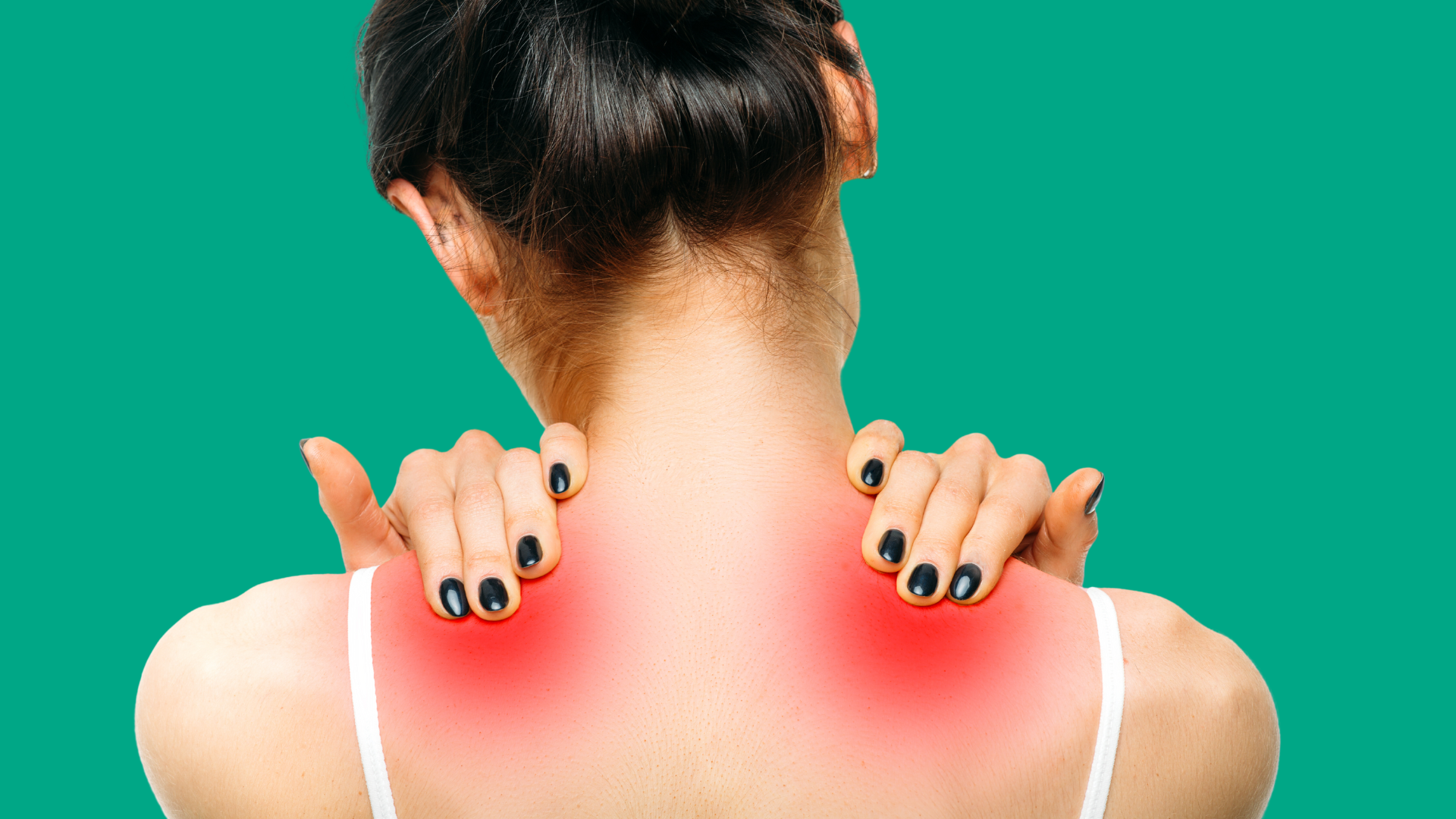Perimenopause and Joint Pain: Understanding and Managing the Connection
Written by Sarah Moloney
Perimenopause, the transitional phase leading to menopause, brings about various hormonal changes in a woman's body. While hot flashes, mood swings, fatigue and weight gain are commonly associated with perimenopause, joint pain can also be a significant concern. In this blog, let’s explore the scientific basis behind joint pain during perimenopause and provide strategies to manage it effectively.
We know that perimenopause is marked by fluctuations in hormonal levels, particularly oestrogen and progesterone. These hormones play a crucial role in maintaining joint health and reducing inflammation. As oestrogen levels decline, we may experience an increased susceptibility to joint pain and discomfort. Have you noticed difficulty standing after sitting for a while? Sore knees and hips going downstairs? Increased aching post exercise?
Oestrogen is known to have anti-inflammatory properties that help protect joint cartilage and maintain joint function. Reduced oestrogen levels can lead to an inflammatory environment in the joints, causing pain, stiffness, and reduced mobility.
Managing Perimenopausal Joint Pain
Maintain a Healthy Diet: A well-balanced diet rich in anti-inflammatory foods like fruits, vegetables, and omega-3 fatty acids can help manage joint pain. Omega-3s, found in fish, walnuts, chia seeds and flaxseeds, have been shown to reduce inflammation.
Regular Exercise: Engaging in low-impact exercises like swimming, walking, and yoga can help maintain joint flexibility and reduce pain. Exercise also helps maintain a healthy body weight, reducing joint stress. Resistance training such as gym work and Pilates can provide further strength and stability for your joints. Higher impact exercises such as hiking or jogging can be added in slowly with proper training for their additional strength and fitness boosting effects.
Hormone Therapy: Hormone replacement therapy (HRT) can be a viable option for managing perimenopausal symptoms, including joint pain. Consult a healthcare provider to discuss the benefits and risks of HRT. Each person’s experience with perimenopause is different, HRT is not suitable in all cases, but can be fantastic in other situations.
Over-the-Counter Pain Relievers: Non-prescription medications like ibuprofen or acetaminophen can provide temporary relief from joint pain. However, long-term use should be monitored and discussed with a healthcare professional. Massage and physiotherapy are also excellent management strategies if they are available to you.
Perimenopause-related joint pain is a common but often overlooked symptom of the hormonal changes that women experience during this phase of life. Understanding the scientific basis of joint pain and adopting a holistic approach to management through diet, exercise, and, if necessary, hormone therapy, can significantly improve quality of life for those going through perimenopause. It's essential to consult a healthcare provider for personalized guidance and recommendations.


